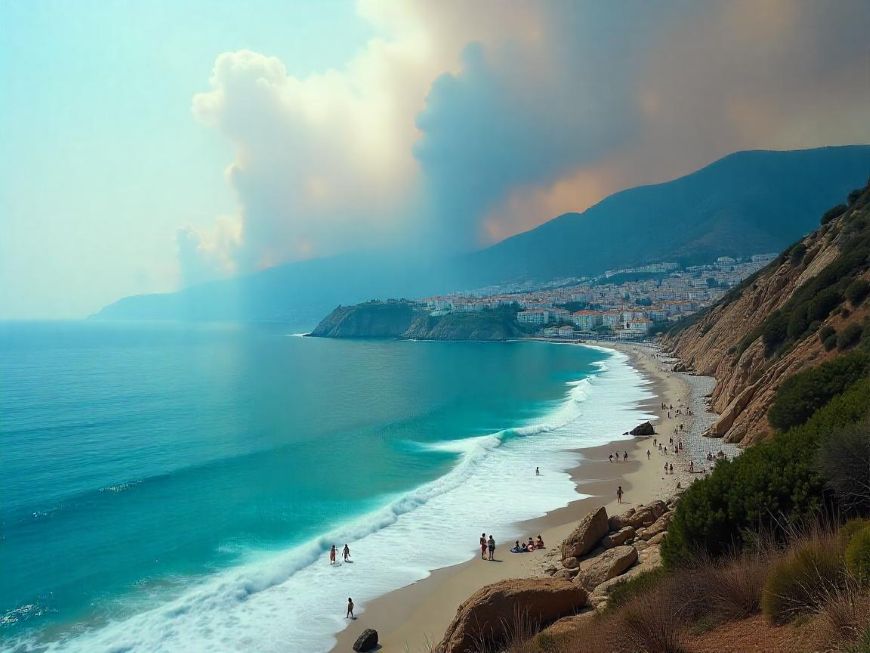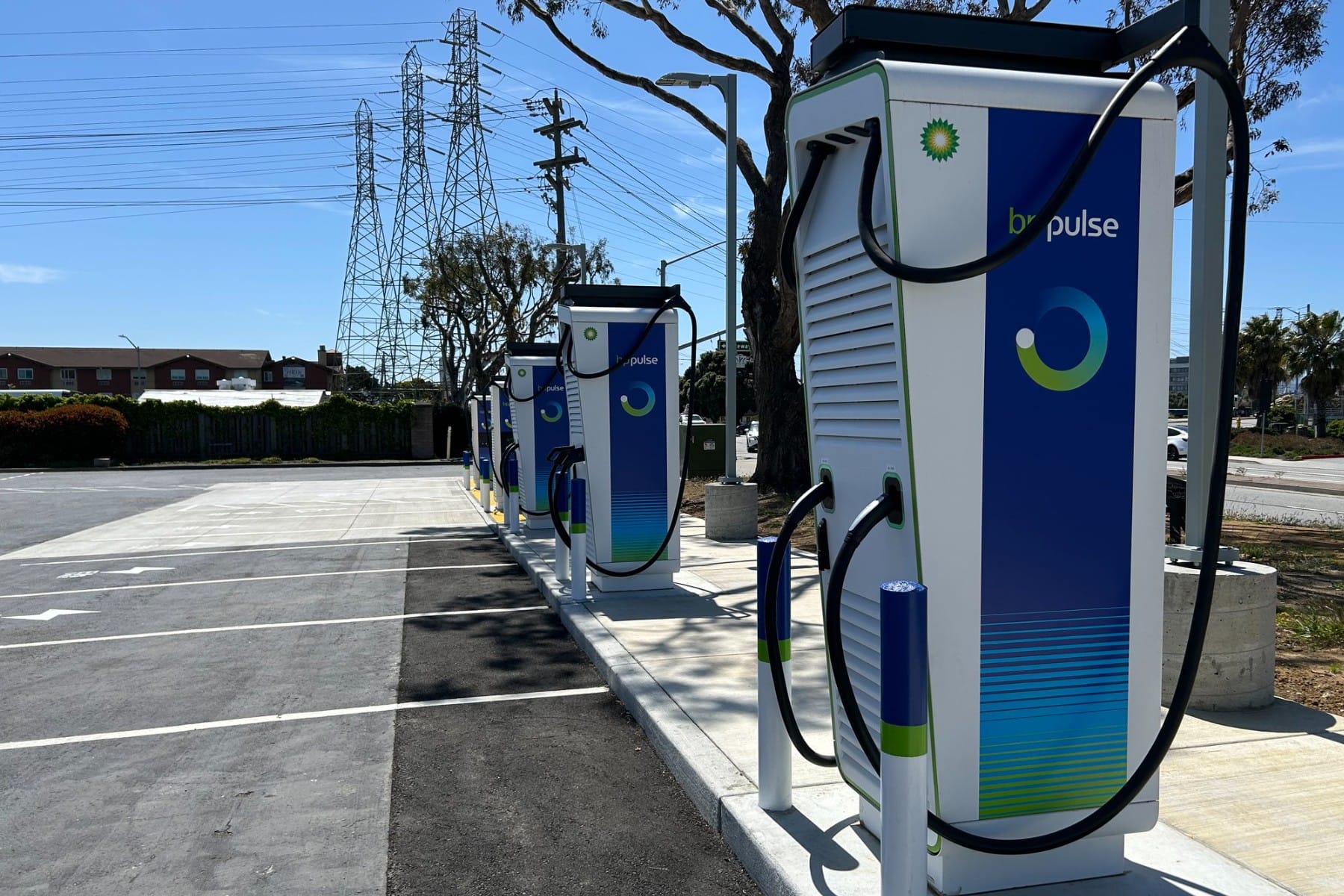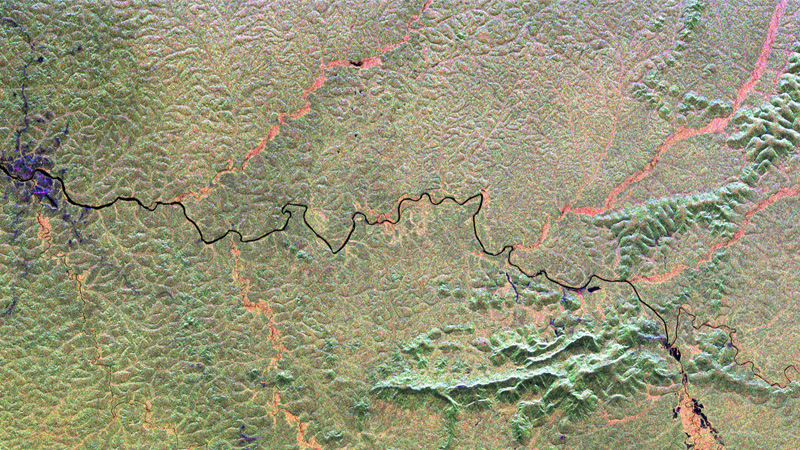Florida's Subtropical Wilderness Reveals Breathtaking Beauty: Everglades National Park - Travel And Tour World
Saturday, June 28, 2025

Nestled in the southernmost reaches of Florida, Everglades National Park stands as a testament to nature’s resilience and beauty. Covering over 1.5 million acres, it is the largest subtropical wilderness in the United States and one of the most unique ecosystems in the world. From its vast sawgrass prairies to its dense mangrove forests, the Everglades offer visitors an unparalleled glimpse into a thriving, albeit fragile, natural world. Designated a UNESCO World Heritage Site, the park is a must-see for nature lovers, conservationists, and anyone seeking an immersive experience in Florida’s natural splendor.
The Everglades are home to a stunning array of wildlife. Over 350 species of birds, 300 species of fresh and saltwater fish, 40 species of mammals, and 50 species of reptiles call this park home. Among its most iconic residents are the American alligator, the West Indian manatee, and the elusive Florida panther. These species thrive in the park’s diverse habitats, which include freshwater sloughs, tropical hardwood hammocks, and marine estuaries. The park’s protected waters and wetlands provide a vital refuge for both migratory and resident wildlife. The Everglades also serve as an essential stop for migratory birds along the Atlantic Flyway, contributing significantly to the biodiversity of North America.
The Everglades’ subtropical climate and interconnected habitats create a delicate balance that is essential for the survival of the species that depend on them. Many of the animals that thrive here are uniquely adapted to the park’s diverse environmental conditions. Visitors may encounter rare bird species like the Roseate Spoonbill or the endangered American Crocodile while exploring the park’s vast expanse.
Visitors to the Everglades have numerous ways to explore this vast wilderness, from hiking trails to boat tours and canoeing excursions. The Anhinga Trail, located near the Royal Palm Visitor Center, is one of the park’s most popular trails. This easy, short walk takes visitors through a sawgrass marsh, where wildlife such as alligators, turtles, and a variety of bird species can frequently be spotted. The trail provides an excellent opportunity for nature photography and birdwatching, offering a close-up view of the ecosystem’s inhabitants.
For those seeking a more immersive experience, guided boat tours through the Ten Thousand Islands provide opportunities to witness the park’s marine life up close. The Ten Thousand Islands are a series of small islands, bays, and mangrove forests that are rich in biodiversity. These tours often include stops for birdwatching and opportunities to spot dolphins, manatees, and a variety of fish species that call the region home.
Additionally, the park’s canoe and kayak trails, such as the Wilderness Waterway, allow paddlers to navigate through mangrove tunnels and across open waters. This waterway offers a more intimate experience of the Everglades, allowing visitors to explore remote parts of the park while gliding silently through the water, minimizing their impact on the delicate environment.
Despite its natural beauty, Everglades National Park faces numerous environmental challenges. Invasive species, water quality issues, and the impacts of climate change pose significant threats to the park’s ecosystem. The most notable environmental concern is the alteration of water flow patterns that has resulted from the construction of canals and levees. These changes in water flow have disrupted the natural balance of the Everglades, causing long-term harm to its wildlife and habitats.
In response to these challenges, the Comprehensive Everglades Restoration Plan (CERP) was initiated in 2000 to restore and protect the park’s vital ecosystems. The ambitious plan aims to restore more natural water flow throughout the region, reduce pollution, and enhance habitat quality. The goal is to reverse some of the damage caused by human intervention while ensuring the park remains a sanctuary for the incredible wildlife that depends on it. Ongoing efforts, including partnerships between federal and state agencies, non-profit organizations, and local communities, are critical to the long-term success of these restoration initiatives.
Everglades National Park is open year-round, providing an opportunity for visitors to experience its beauty in every season. However, the best time to visit is during the dry season, which runs from December to April. During this period, the weather is more comfortable, with cooler temperatures and lower humidity. This is also the peak season for wildlife watching, as animals are more likely to be visible as they gather around the shrinking water sources.
The wet season, from May to November, sees higher humidity, frequent thunderstorms, and lush, overgrown vegetation. While this is still a wonderful time to experience the park’s natural beauty, it is important to come prepared for the warmer weather and occasional downpours. Visitors should also be aware that certain trails or areas may be inaccessible due to high water levels.
For those planning an extended stay, accommodations are available both within and around the park. Camping is a popular option, and the park has several campgrounds, including the Flamingo Campground, which offers scenic views of Florida Bay. Those seeking a more comfortable stay can book a room at the Flamingo Lodge, which has recently undergone renovations to offer eco-friendly lodging options. The lodge provides easy access to park activities and offers a unique opportunity to stay within the heart of the Everglades.
There are also a variety of dining options available within the park, including the Flamingo Restaurant, which serves casual meals with scenic views of the surrounding landscape. Additionally, visitors can enjoy picnic areas and other facilities that make exploring the park more comfortable and enjoyable.
As we marvel at the Everglades’ breathtaking scenes, it’s crucial to remember the importance of conservation. The beauty and vitality of this remarkable ecosystem must be preserved not only for future generations of visitors but also for the countless species that depend on it for survival. Protecting the Everglades is not only an environmental obligation but also a moral one, as this area of incredible natural beauty is also a vital part of the planet’s biodiversity.
Whether you’re an avid nature enthusiast or a casual traveler, the Everglades offer an unforgettable journey into one of America’s most treasured landscapes. By visiting, learning, and supporting efforts to restore the Everglades, you contribute to ensuring this special place remains a thriving sanctuary for wildlife and a source of wonder for future generations.
«Enjoyed this post? Never miss out on future posts by following us»











